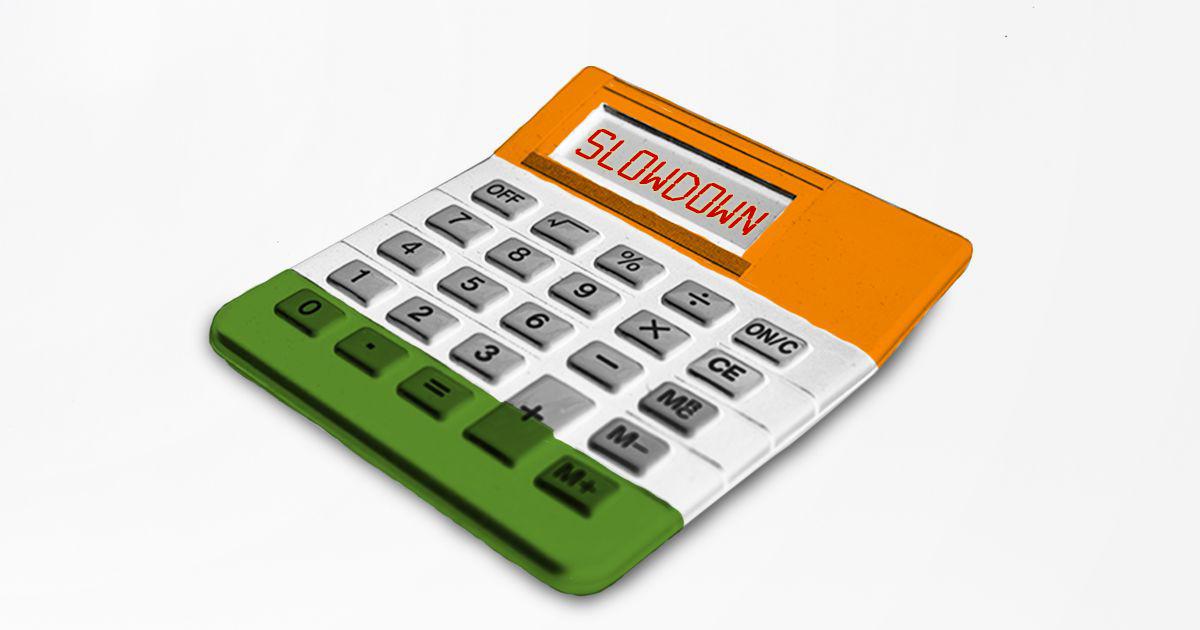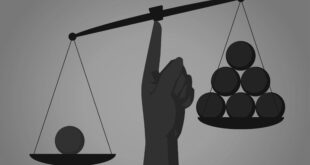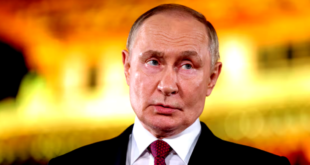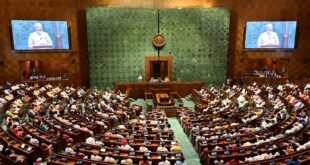
Abdul Hayee
The traditional Indian dessert is prepared in a large kadhai or vessel and served to the Finance Ministry staff as part of the ritual.The Halwa ceremony is a gesture to recognise and acknowledge the efforts of every staff member that has been a part of the budget-making and printing process. The Budget is due to be presented by the Finance Minister on February 1.
After the ceremony, the staff members move to the basement of the north block for around 10 days and remain there. They are completely cut off from the outside world, including their families, without any form of communication. The staffers only come out of the basement, once the Finance Minister presents the Budget in the Parliament. The practice followed for years is done to prevent any leaks before the annual Budget is presented.
this year is the worst in six years, amid sluggish economic growth and disappointing corporate earnings. Year 2019 happen lots of things like, the national election, economic slowdown, regulatory challenges, unfavourable taxation system, global uncertainty arising from the US-China trade war, and domestic bumps like even the anti-CAA protests across the country.The economic slowdown in India means hardship for Indians.
However, it is not only Indians who are suffering—the Indian government is too. Even as the Indian government’s economic mismanagement is responsible for much of the slowdown, it has itself fallen victim to these blunders. The main casualty: tax revenue. Given that taxation is a core part of the capabilities of any government, this is a troubling sign for India. This is doubly worrying for a poor country such as India, where state spending is key to lifting people out of poverty. The slowdown has made things worse. Direct tax growth (which includes personal income tax as well as corporate income tax), grew by only 5.2% in the first half of 2019-20, against a projected growth rate of 18.6% as set out in the previous budget.
Also read: Amit Shah takes a jibe at anti-CAA protesters in Lucknow
Given India’s small income tax base, indirect taxes contribute to India’s lion’s share of the revenue. Indirect taxes in India are nearly double that of direct taxes. Troubling, however, India’s indirect tax collections have seen some rough times after a new tax regime, the goods and services tax was introduced by the Modi government in 2017. However, analysts and experts were of the view that the government did not do enough to address the issue of slowdown in demand. They argued that declining demand is among the prime reasons for economic slowdown. The International Monetary Fund (IMF) on Monday lowered grow th estimate for India to 4.8 percent for 2019, citing stress in the non-bank financial sector and weak rural income growth as the major factors for the downward revision.
 Jubilee Post News & Views
Jubilee Post News & Views





